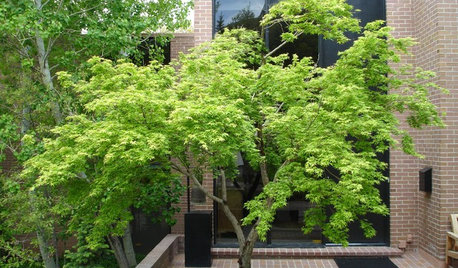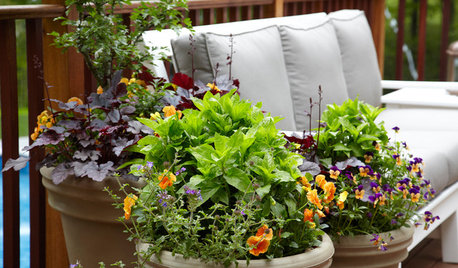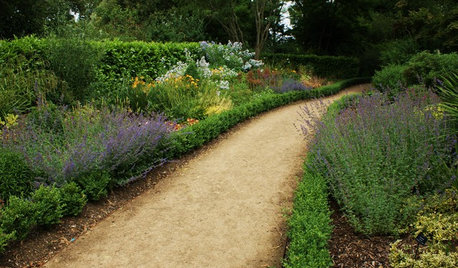viable seed
plantkiller_il_5
9 years ago
Related Stories

ROCKY MOUNTAINS GARDENINGRocky Mountain Gardener's February Checklist
Get smart with your seeds, strike with oil to manage pests and practice proficient pruning — your trees and shrubs will thank you
Full Story0

FALL GARDENINGBe Your Own Wildflower Nursery
Gather seeds from your garden in fall, and you'll have a selection of plants for next year — without spending a dime
Full Story
FLOWERS8 Knockout Flowers for a Fall Container Garden
Your cups will overfloweth with color and interest this fall when you plant these vivid seasonal garden classics
Full Story
GARDENING GUIDESLet's Weed Out 4 Native Plant Myths
Plant wisely for a garden that supports pollinators and requires less work
Full Story
GARDENING GUIDESWe Bust 4 More Native Plant Myths
Have you been taken in by these fallacies about gardening with native plants?
Full Story
PLANTING IDEASWant a More Colorful, Natural Garden? Try a Perennial Meadow
Spend less time tending and more time taking in the sights by improving on Victorian and prairie garden designs
Full Story
GROUND COVERSGive Your Lawn a Taste of the Wild
Consider the joys of an irregularly trimmed meadow lawn: It’s ecofriendly, visually interesting and still good for romping
Full Story
GARDENING GUIDESDo You Have This Invasive Plant in Your Yard?
Garlic mustard is spreading across the U.S. Here’s how to spot it and what to do
Full Story
LANDSCAPE DESIGN5 Gravel and Stone Types for a Rockin' Landscape
Give your garden design some textural bam with pebbles, granite, river rocks and other permeable materials
Full Story









tsugajunkie z5 SE WI ♱
pineresin
Related Professionals
Brookside Landscape Contractors · Annandale Landscape Contractors · Hawthorne Landscape Contractors · Norwalk Landscape Contractors · Panama City Beach Landscape Contractors · Pleasanton Landscape Contractors · Rosemount Landscape Contractors · Setauket-East Setauket Landscape Contractors · Soddy Daisy Landscape Contractors · Vineyard Landscape Contractors · Waipahu Landscape Contractors · Wentzville Landscape Contractors · West Allis Landscape Contractors · Wheat Ridge Landscape Contractors · Camp Springs Landscape Contractorsken_adrian Adrian MI cold Z5
plantkiller_il_5Original Author
ken_adrian Adrian MI cold Z5
plantkiller_il_5Original Author
pineresin
raul_kender
pineresin
plantkiller_il_5Original Author
ken_adrian Adrian MI cold Z5
raul_kender
pineresin